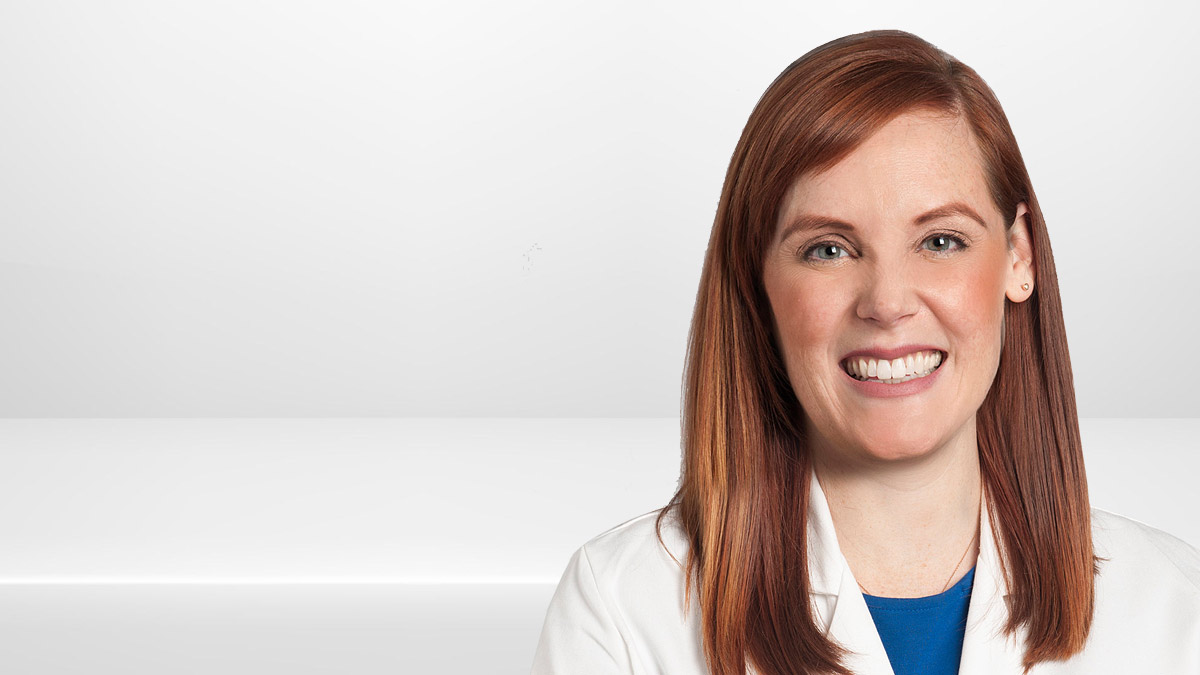
Butts & Guts
Subscribe:

Featured Episode
Understanding the Gut-Endometriosis Connection
Dr. Cara King, section head of Minimally Invasive Gynecologic Surgery and Medical Gynecology at Cleveland Clinic, joins this episode of Butts and Guts to explore the relationship between gut health and endometriosis. She discusses why improving your gut health may help reduce symptoms and explains why endometriosis is so underdiagnosed and misunderstood.
Play NowAll Butts and Guts Episodes
November 18, 2025
Understanding Barrett's Esophagus
Cleveland Clinic Florida gastroenterologist, Dr. Roberto Gonzalez, joins the Butts and Guts podcast to explore Barrett's Esophagus, a condition where chronic acid reflux causes changes to the esophageal lining that can increase cancer risk. Listen in as he discusses the warning signs, why early detection matters, and the latest treatment options that can help patients manage this condition effectively.
Play NowNovember 4, 2025
Healthy Eating for the Holidays
Cleveland Clinic dietitian Julia Zumpano joins the Butts and Guts podcast to share expert tips on eating healthy for the holidays without sacrificing flavor or the joy of seasonal favorites. Learn how to balance indulgence with healthy choices and make simple swaps to keep your nutrition goals in check this holiday season.
Play NowOctober 21, 2025
Pancreatic Cysts
Dr. Tilak Shah is an interventional endoscopist and medical director of the Pancreas Center at Cleveland Clinic Florida. He joins this episode of Butts and Guts to discuss pancreatic cysts. Listen to learn more about what causes pancreatic cysts, how they are diagnosed and treated, and what types have the potential of turning into cancer.
Play NowOctober 7, 2025
How Pregnancy Affects Digestive Health
Pregnancy brings many changes to your body, including your digestive health. Cleveland Clinic Ob/Gyn, Dr. Erica Newlin, joins this episode of the Butts and Guts podcast to explain why and how pregnancy often causes heartburn, constipation, hemorrhoids and more. Listen in to learn helpful tips for feeling more comfortable during pregnancy.
Play Now

